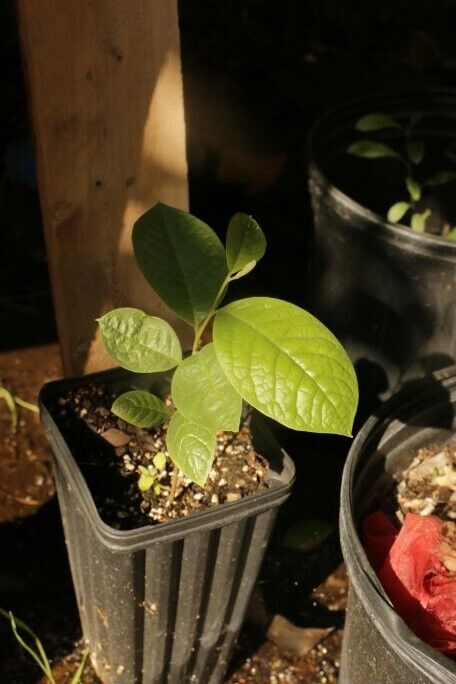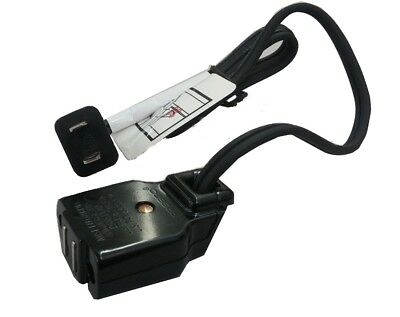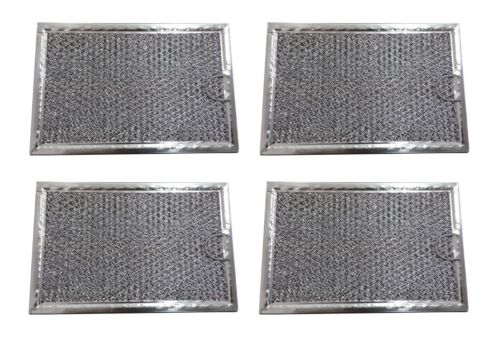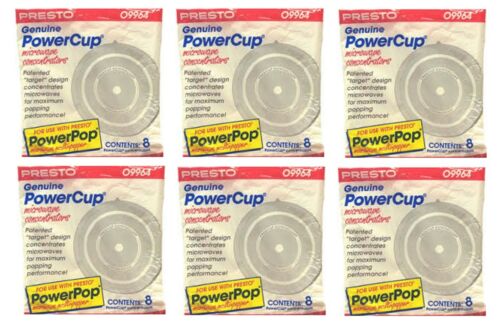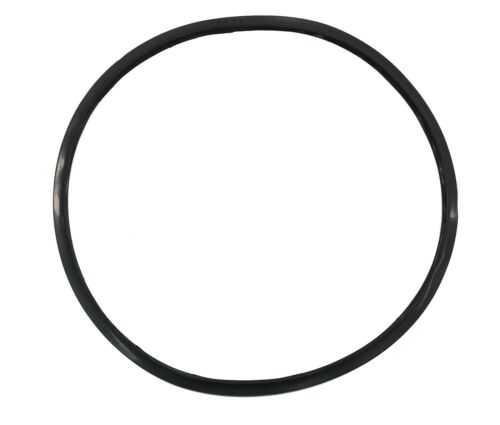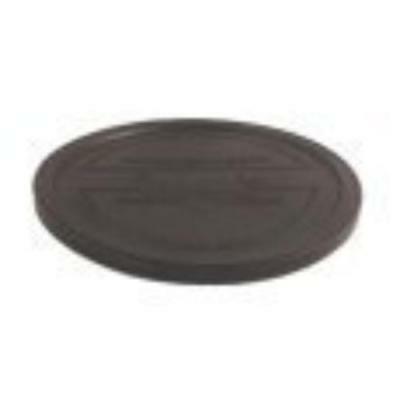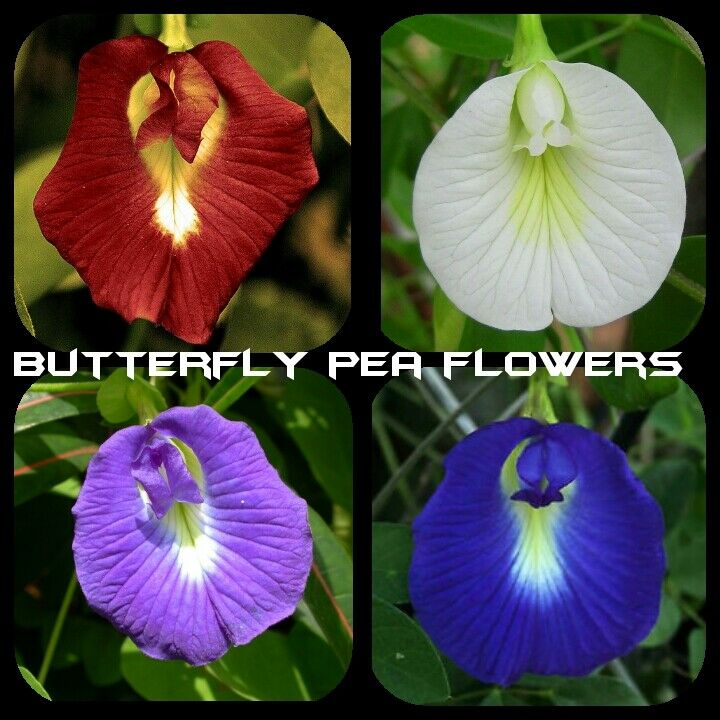-40%
Paw Paw seedlings in 8 inch by 4 inch pot. Sold as each
$ 7.39
- Description
- Size Guide
Description
Paw Paw seedlings in 8 inch by 4 inch pot. Sold as eachThe fruit is primarily used for fresh eating. It is extremely perishable and is amazingly delicious when it is perfectly ripe. It can be used much like you would use a banana. Try replacing bananas with paw paw fruit in a banana bread recipe or adding paw paws to a berry smoothie. For longer-term storage you can freeze the fruit and make ice cream out of it. Any recipe that requires adding heat or cooking the pawpaw is not recommended as the flavor compounds are extremely volatile and cooking can destroy the delicious pawpaw flavor, although it seems to retain a good flavor when mixed with flour and used as a baking additive.
How to establish your Pawpaw plants
To successfully grow pawpaw fruit we must first understand a few things about its natural history. The tree grows primarily in river floodplains and shady rich bottomlands. They form dense groves, spreading clonally by underground runners and spend many years growing as an understory species until there is a break in the canopy and they can make their leap into the sunnier conditions provided by an opening in the canopy. It is only once they are growing in fuller sunlight that they produce significant crops of their delicious fruit. These are the conditions we must try to mimic in order to grow healthy paw paw trees that give us good crops.
Site selection
Rich, deep, well draining soils are ideal conditions for planting your new pawpaws in. Although they grow in river floodplains that may become seasonally inundated, the pawpaw does best when it has deep well-drained soil with a pH between 5.5 and 7.0. To mimic the understory conditions that the pawpaw needs for its establishment years you could plant on the north side of a fence where the pawpaw will be shaded while its young but receive full sunlight as it matures and grows above the fence line.
Another option is to establish a quick growing nitrogen fixing tree or shrub on the south side of where you plan on planting your pawpaw. Get this tree established the year before so it can provide adequate shade for your newly planted pawpaw tree. Choosing nitrogen-fixing species gives you a quick growing tree that will properly shade your pawpaw as well as providing fertility for the tree. The shade tree can then be cut down a few years later once your paw paw is established and the danger of sunburnt leaves and shoots is no longer a threat.
A third option is to plant quick growing annual legumes on the south side of the pawpaw while also building a simple bean or pea trellis over the top of the paw paw to provide quick shade, nitrogen fixation, as well as a crop from your leguminous shade-giving plants as you wait for your pawpaws to mature. Also, planting in a site that is as humid as possible is ideal for the pawpaw. Near a pond can be a great place to plant if you are in an area with dryer summers like we have here in the Pacific Northwest.
